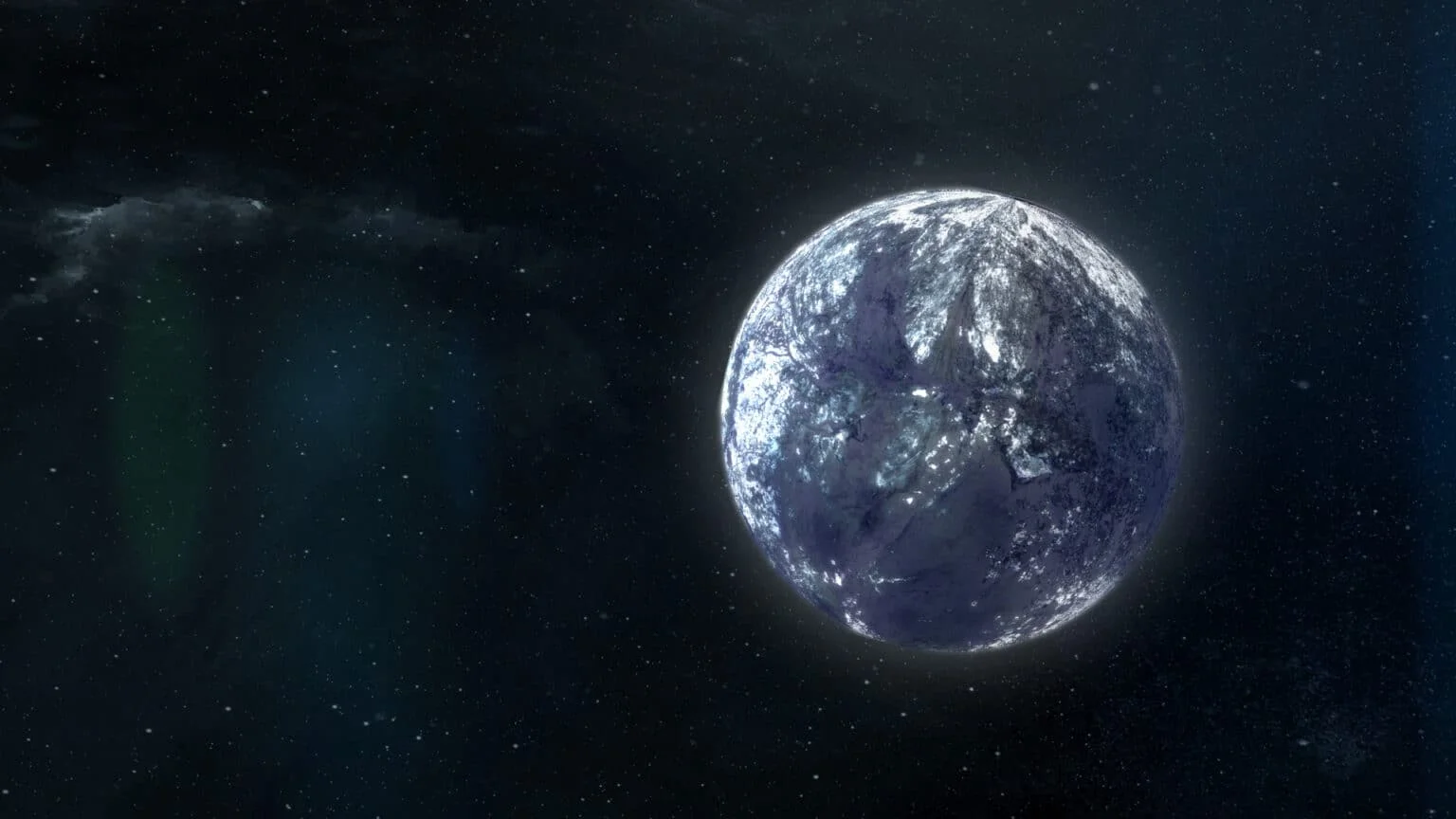Astronomers find an Earth-type ‘rogue planet’
- April 19, 2024
- 0
According to scientists, there may be 20 times more “free” planets than stars in the Milky Way. Since the planets themselves do not shine, it is difficult to
According to scientists, there may be 20 times more “free” planets than stars in the Milky Way. Since the planets themselves do not shine, it is difficult to

According to scientists, there may be 20 times more “free” planets than stars in the Milky Way. Since the planets themselves do not shine, it is difficult to see them: they are sought by gravity, which reveals the strongest Jupiter-type planets in their best light. But it was possible to find another “orphan” the size of the Earth, and not the giant one of Jupiter. And scientists are sure that this is only the first of many findings.
In 2001, in the star-forming zone of Orion, astronomers discovered 13 faint objects several times more massive than Jupiter, not “attached” to any star and similar to planets in their properties. The version about the planets was supported by the presence of water vapor in their atmospheres, judging by the spectrum. And they “shined” because they were still young and hot. In 2012, astronomers “caught” an already adult orphan planet CFBDSIR2149, with a mass of four to seven Jupiter masses. It was determined to be the first confirmed rogue planet due to its mass.
How do such planets arise? Computer modeling and theoretical calculations showed that it all depends on mass. The most powerful ones, those larger than Jupiter, may form independently during the collapse of gas in the star formation zone. Such objects can even store enough heat to glow in the infrared range. This has been confirmed by research. In 2023, scientists reported the discovery of 540 orphan planet candidates in the aforementioned Orion Nebula and a cluster called Orion’s Trapezium.
As for stray Earth-mass planets, they are most likely ejected during the early turbulent stages of the formation of systems like our Solar System. Most importantly, recent calculations have shown that there should be more Earth-sized planets among the “orphans” than “rogue Jupiters”. And in general, there are 20 times more such objects in the Milky Way than stars. Despite the lack of stars, some scientific groups calculate that such planets could be inhabited for long periods of time, maintaining large subsurface oceans with bacterial life. If astronomers’ calculations are correct, such worlds could be the most common potentially habitable planets in the universe.
The problem is that it is almost impossible to consider these objects, especially the mass of the Earth, because they do not have strong radiation of their own. However, like all objects with mass, they distort space-time. As a result, light from distant objects is distorted.
Behind a 42-minute microlensing event like OGLE-2016-BLG-1928 in 2020, astronomers detected a possible orphan planet with mass between Mars and Earth, closer to Mars. If this object were flying around a distorted star, it would be visible even in starlight. Scientists have confidently established that no stars are within eight astronomical units of the “vagrant”. There are eight astronomical units in our solar system – the orbit between Jupiter and Saturn. It is unlikely that a small planet would fly this far from the star, on the contrary it is truly a “bum”.
But the finding from the Optical Gravity Lensing Experiment (OGLE) data was relatively serendipitous. Larger surveys covering many stars are needed to “catch” such microlensing events. In addition, regular observations should be made to detect short-term changes in light. Such data is collected by the TESS space telescope, which is designed to search for exoplanets using the transit method.
The authors of the new study attempted to look for “rogue planets” in the microlensing events of the TESS data. They “sifted” data from the light curves of 1.2 million stars. And the preliminary analysis already gave a good result – an “orphan” of the earth’s mass.
The “invisible” object distorted the light of the star TIC-107150013, located 10.4 thousand light-years (3.19 kiloparsecs) from us. Judging by the parameters of the “lens”, its mass is comparable to the mass of the Earth if it is located at a distance of about 3.26 thousand light years from us (one kiloparsec). If the “tramp” is 8.4 thousand light years away from us, its mass can reach ten masses of the Earth. For comparison: Jupiter’s mass is 317.8 Earth masses. This proves that TESS could help search for rogue planets in the coming years, and that this mission would then be “blocked” by the Nancy Grace Roman Observatory.
In 2023, an international group of astronomers estimated the number of rogue planets the Nancy Grace Roman space telescope could detect. The observatory is planned to become operational in 2027. According to scientists, the telescope will be able to detect from 400 to 2.8 thousand orphan planets, of which 151-2308 are planets with 0.1-1 Earth mass.
Source: Port Altele
As an experienced journalist and author, Mary has been reporting on the latest news and trends for over 5 years. With a passion for uncovering the stories behind the headlines, Mary has earned a reputation as a trusted voice in the world of journalism. Her writing style is insightful, engaging and thought-provoking, as she takes a deep dive into the most pressing issues of our time.